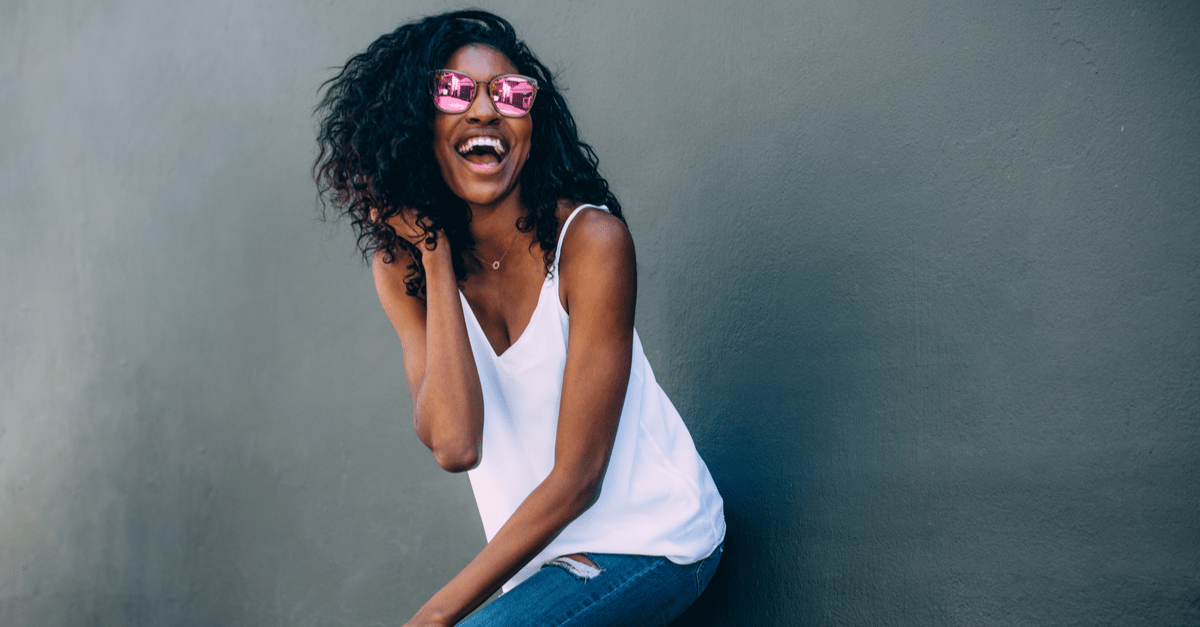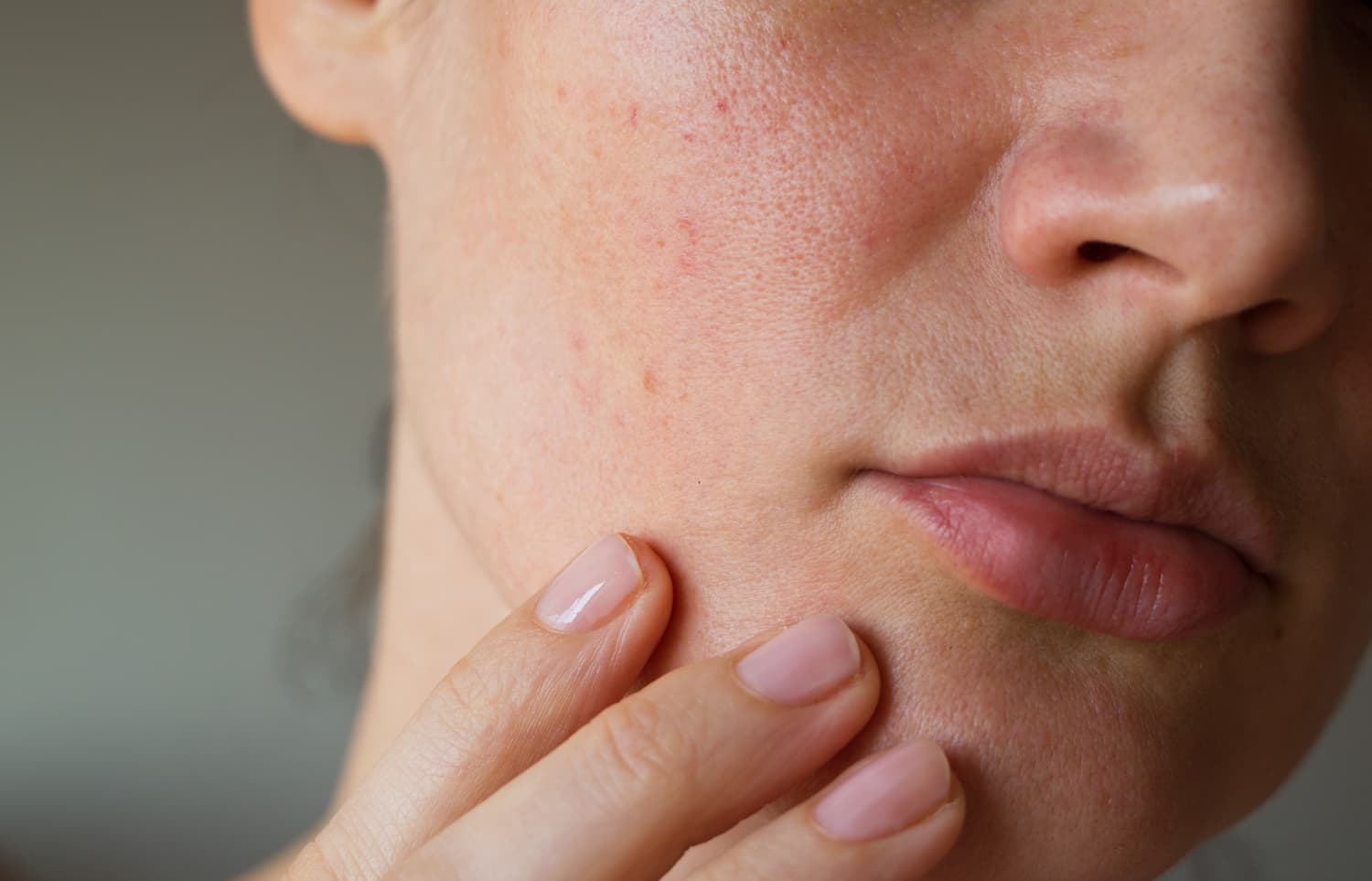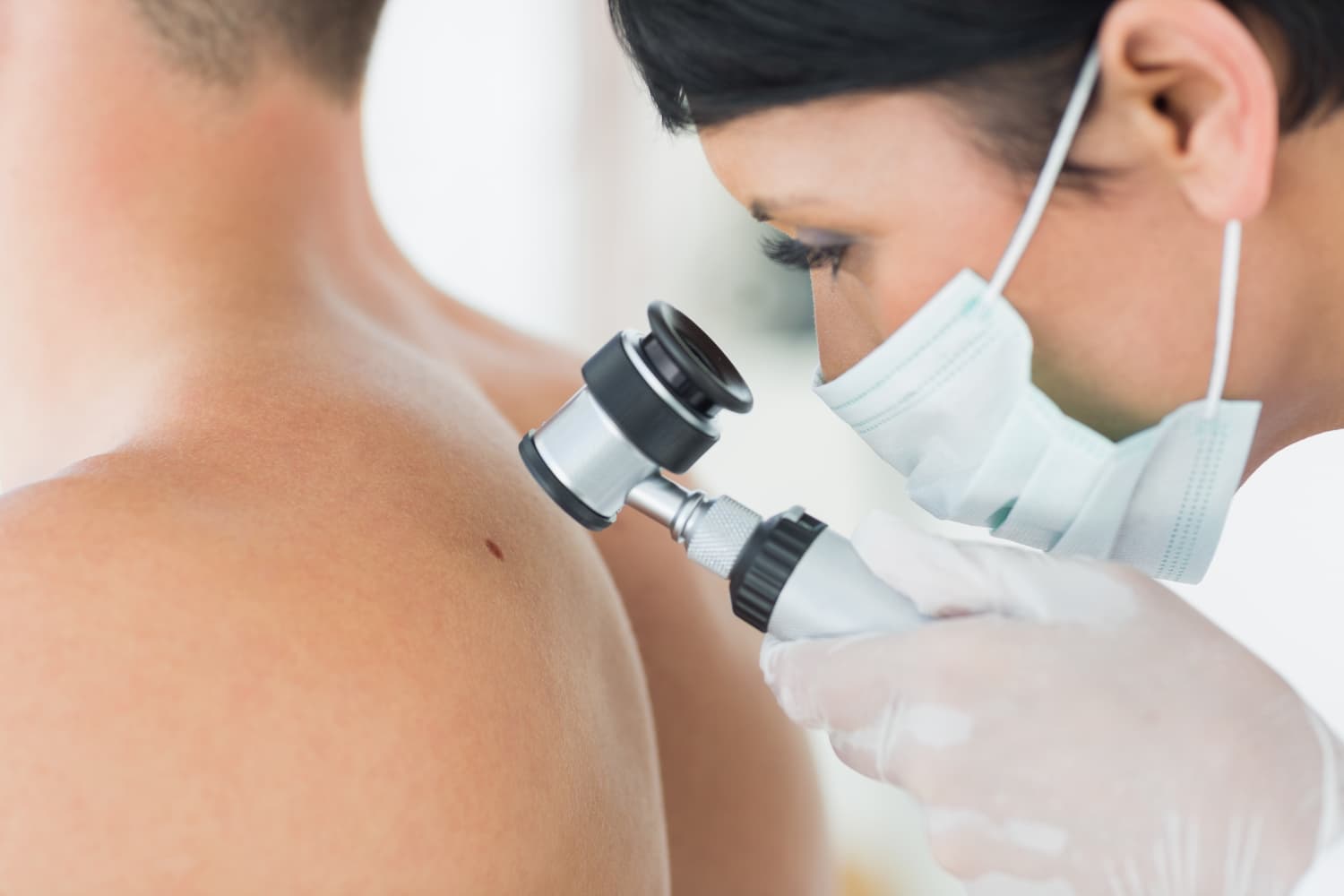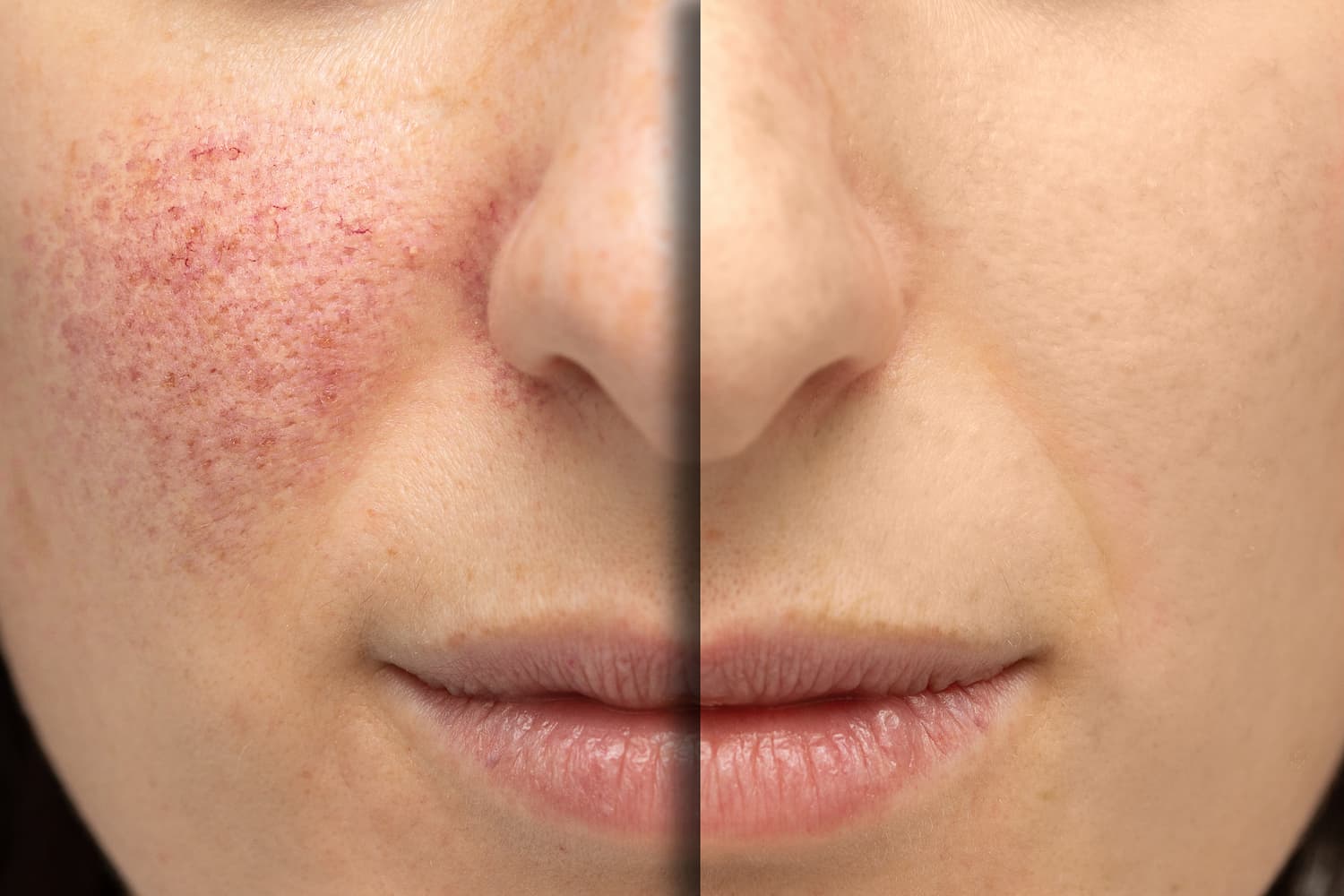The month of July is UV Safety Awareness Month, and here at Affiliated Dermatology, we want to share the best tips and tricks to keep you safe from UV harm. UV safety should be a priority for people who work outside, play sports, do outdoor activities, or spend any time at all in the sun. Therefore, it should be important to everyone!
This July take care of your health by brushing up on your UV safety information to ensure you are keeping your skin healthy. Too much exposure to UV rays can cause burns, premature aging, and most dangerously, skin cancer. In the US, 9,500 people are diagnosed with skin cancer every single day, and by the age of 70, 1 in 5 Americans will develop skin cancer. There are tons of things you can do to protect your skin from the sun right now; first and foremost, see a dermatologist if you have a skin concern or need product recommendations for sun protection. You can even go as far as contacting us for a skin cancer screening if you’re nervous about any sudden changes to your skin.
Apply sunscreen
There’s a lot to know when it comes to sunscreen application and safety. On the blog, we shared 6 reasons why your sunscreen may not be working. Some of these tips included the need to reapply, the fact that it may be expired, or simply a poor-quality product. Sunscreen application is extremely important if you expect it to protect you, however, it shouldn’t be seen as your only layer of defense. You should always apply sunscreen, every day of the year, but on especially sunny days, it should be used in addition to other barriers from the sun. Sunscreen is just a filter that blocks UV rays and will never block 100% of these dangerous rays from reaching your skin. Be sure to apply before you go outside and cover your body head to toe (this includes your scalps, lips, and ears) with sunscreen and rub it in well. Then, don’t forget to reapply every few hours! Finally, follow the rest of the tips in this article in addition to your proper sunscreen application.
Wear sunglasses
Sunglasses are a great option for further protecting your skin from sun damage and for protecting your eyes. Big, UV-blocking sunglasses can add another layer of protection from the sun on your face. Plus, all sunglasses styles help keep the fragile skin around your eyes safe from the sun. Excess exposure to the sun can cause fine lines and wrinkles to emerge around your eyes. Additionally, UV rays can also cause eye damage like cataracts, macular degeneration, and sunburnt eyes! Be sure to purchase UV-rated sunglasses, wear them on any sunny day, even if it’s winter, and even when you’re sitting in the shade; the sun can reflect off of bright surfaces and still cause damage to your eyes and skin if you’re not protected. Even if you’ve already suffered from sun damage, being proactive about protection is still important! You can always get a skin treatment to help reduce crow’s feet—while also being vigilant about wearing sunglasses to further block UV rays from your eyes as eye damage can be irreversible.
Seek shade
One of the best things possible to do when you’re outside is to seek shade. Whether you’re at a game, on the beach, or at a park, try to find a tree or come prepared with an umbrella to provide yourself a shaded area to relax in. Keep in mind that you can still get sunburnt even if the sun doesn’t appear to be out. Even when it’s cloudy and cool out, UV rays are especially strong from 10 AM to 4 PM! Don’t forget that you’re still susceptible to burns when you’re in the water as well. Again, sunscreen is always a smart first layer of defense but staying out of the sun as much as possible can help keep you healthy and looking youthful!
Utilize your clothing
Any amount of clothing and hats can add another layer of blockage from the sun which is great for the skin. Longer, tightly knit clothing is best for sun protection but of course, sometimes it’s too hot to stay covered in long-sleeved shirts and pants. Nowadays, sports clothing is a great option for UV protection. Long or not, the tightly knit fabrics help block the sun and wick away sweat when it’s hot out. There’s also UV-blocking clothing and accessories out on the market, which is especially useful for those of you that spend hours outside playing sports, fishing, or hiking.
Hats are another handy thing to grab when you’ll be outside in the sun because the brim can protect your face while the top protects the scalp from the sun, just remember that this won’t block your neck, ears, or shoulders from UV rays, so although it’s a good addition, don’t rely solely on a hat.
Avoid tanning beds
This is nothing new, but as July is UV Safety Awareness Month it’s a great time to remind everyone to steer clear of tanning beds. Just like the sun, the lamps in tanning beds emit harmful UV rays that can cause skin cell damage and skin cancer over time. Although UV lamps in tanning beds do provide Vitamin D that a lot of people seek out in the winter months, it’s better to get this nutrient with your diet by eating eggs, salmon, cheese, or yogurt. Melanoma is the second most common cancer in females age 15-29, and nearly 70 percent of tanning salon patrons are Caucasian girls and young women. If you want a tan fast, consider a spray tan instead and if you want to up your Vitamin D, do so in your diet.
In the summer, people tend to run into a lot of skin problems but sun damage may be the most frightening. This month being UV Safety Awareness month, it’s important to observe it by brushing up on your sun safety tips for yourself and your family. Proper sun protection can help prevent skin cancer, premature aging, and eye damage. Using all of these tips together will keep you safe from the sun all summer long, so you can enjoy spending time with your loved ones! If you are having any problems after being in the sun, be sure to talk to your dermatologist.






